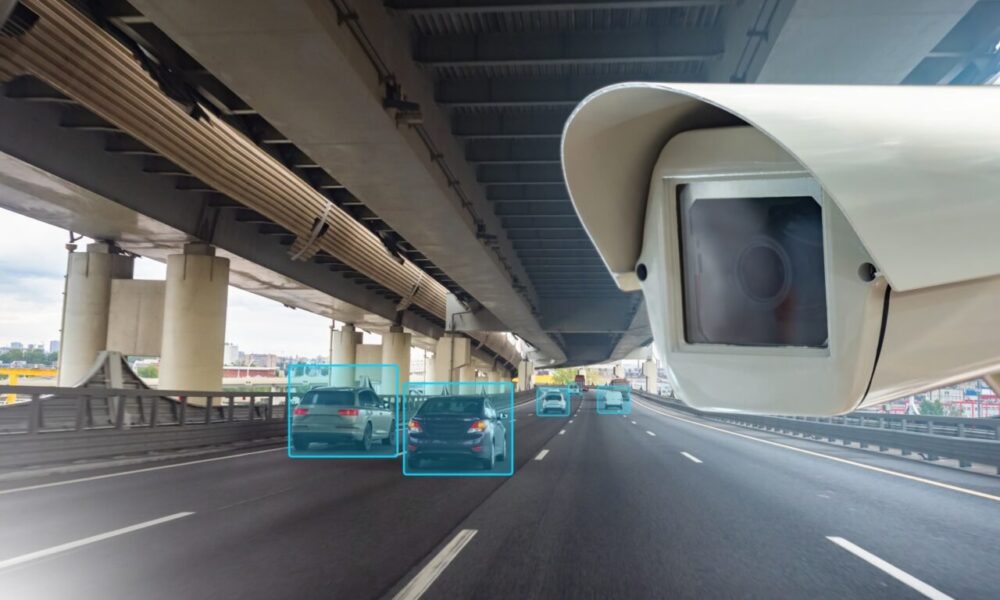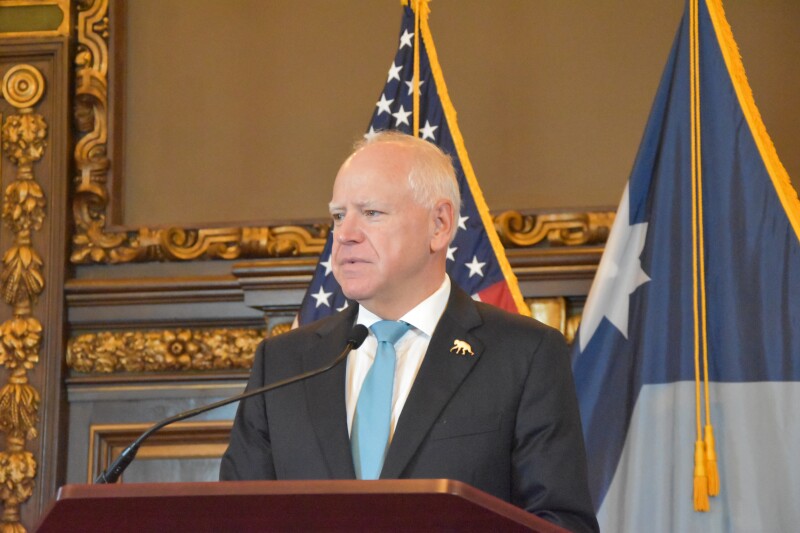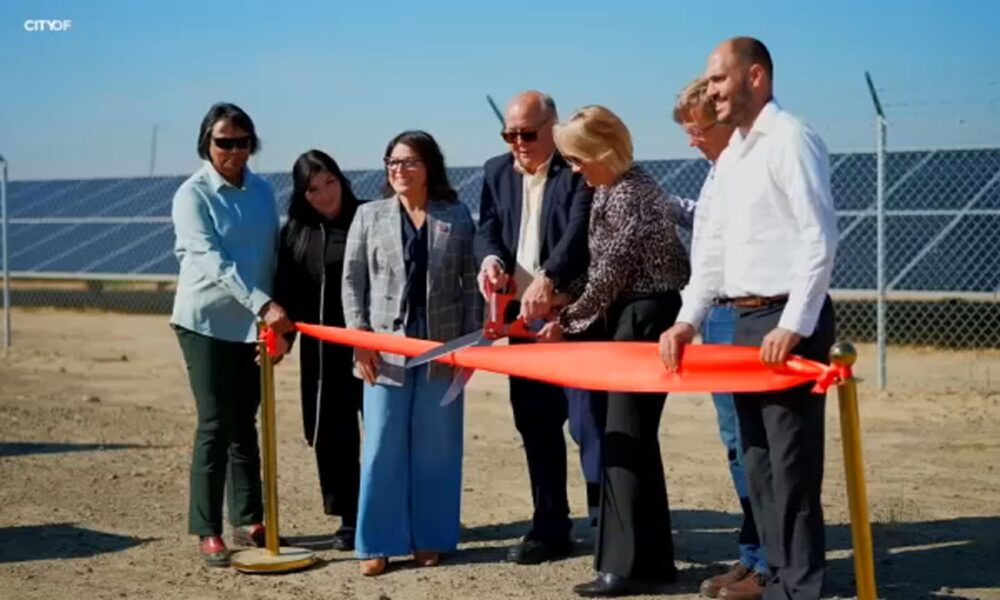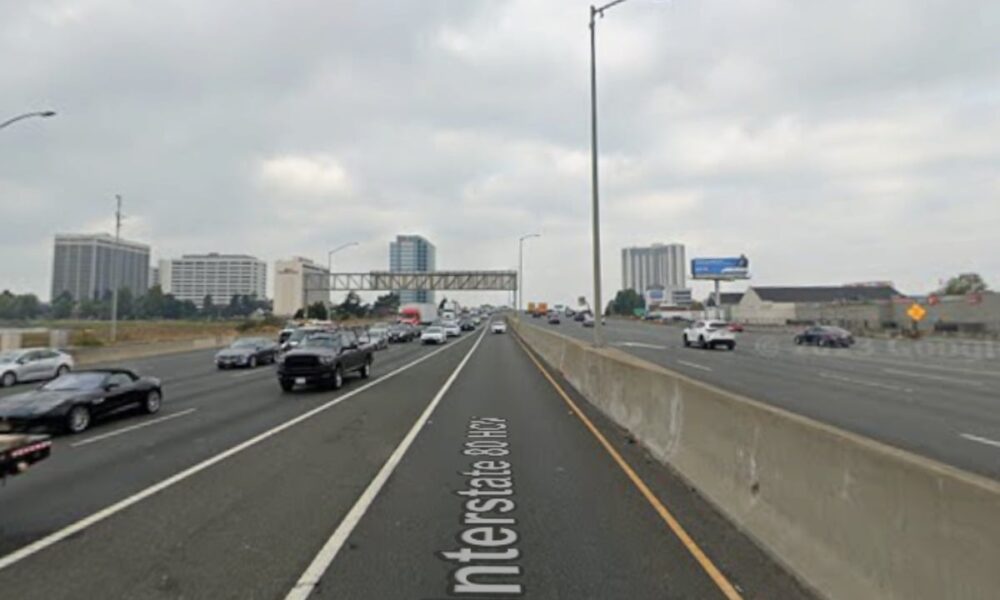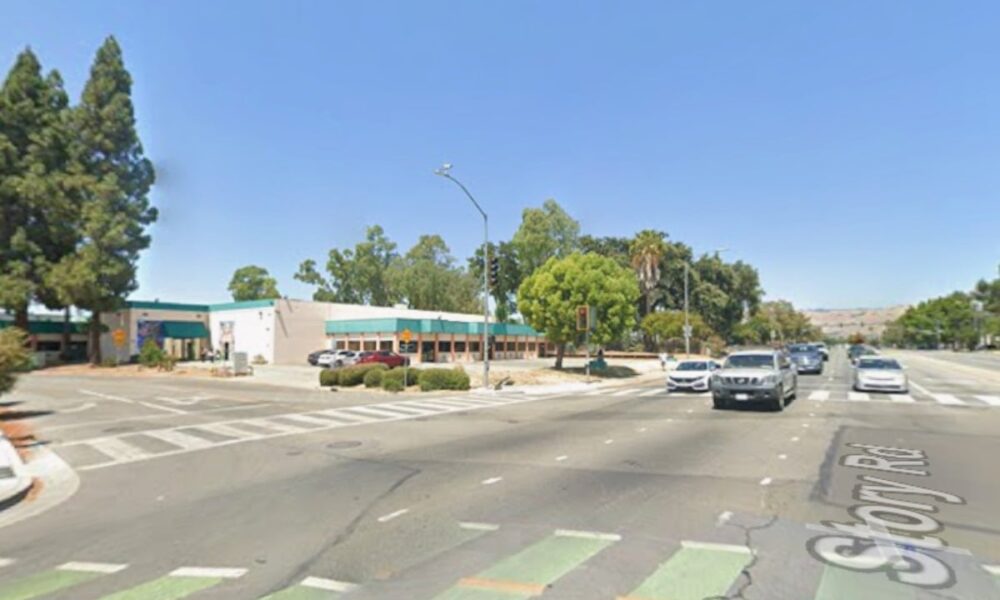UPDATE: Over the weekend, an estimated 7 million people took to the streets in the “No Kings” protests across major cities, including Los Angeles and New York City, where officials reported zero arrests. However, growing concerns about surveillance tactics used to track demonstrators are raising alarms about privacy and civil liberties.
The NYPD confirmed no protest-related arrests in New York City, indicating a largely peaceful demonstration. Yet, rhetoric from officials, including Speaker of the House Mike Johnson, labeled the rallies as “hate America” events, intensifying fears of a crackdown on dissent. Critics, including Ryan Shapiro, executive director of the pro-transparency nonprofit Property of the People, assert that peaceful protests are being misconstrued as domestic terrorism.
Authorities are employing various surveillance methods to monitor participants. If you drove to a protest, your vehicle may have been captured by automated license plate reader systems (ALPRs), which can track cars in real time. Public transit users are not entirely safe either; payments made via apps connected to personal IDs can also be traced.
Your phone could reveal your whereabouts, particularly if it was not in airplane mode during the event. Even with airplane mode activated, apps might store GPS data to transmit later. According to the Electronic Frontier Foundation (EFF), law enforcement can utilize cell tower data or even stingray technology to pinpoint your location during protests.
As protesters shared their experiences online, many may unintentionally expose themselves to facial recognition technology. The EFF warns that photos posted on social media can be accessed by the Department of Homeland Security (DHS) and U.S. Immigration and Customs Enforcement (ICE). Tools like Image Scrubber are recommended for obscuring faces and removing metadata from images.
However, without precautions, your image could be captured by others at the protest, making anonymity nearly impossible. Law enforcement agencies are increasingly using drones to photograph demonstrators, and services like Clearview AI are employed to identify individuals from vast photo databases. Notably, specific states, including Vermont and Montana, have banned such technology.
Adding to the urgency, reports suggest that the Trump Administration is collaborating with data firm Palantir to create a comprehensive database that could potentially track citizens involved in protests. While Palantir denies these allegations, the implications of such surveillance are alarming for those advocating for democratic freedoms.
As the landscape of public dissent evolves, it is crucial for protestors to be aware of these surveillance tactics. Preparing for the reality of being monitored is essential in safeguarding your identity and rights.
What happens next remains uncertain, but with heightened political rhetoric and surveillance capabilities, individuals may need to rethink their approach to public demonstrations. The future of public dissent hinges on the balance between civil liberties and government oversight.
Stay vigilant, stay informed, and share this crucial information with fellow activists. The fight for transparency and privacy continues, and awareness is the first step towards protecting our rights.
